
Q. I want to add a canister filter to my 55-gallon freshwater aquarium. It is a community aquarium with a mixture of tetras, some angelfish, two green severums and other small tropical fish. I have heard that canister filters are pretty messy and might not be right for my freshwater aquarium. I already have a power filter but want something stronger. Is there another filter that might work better than a canister and is easy to use?
Todd M.
Massachusetts
A. Canister filters are known to be more versatile than many of the hang-on-back power filters on the market. The power filters are small, allowing only a limited area for media and/or cartridges; canister units are large and have a variety of options available to the aquarist. Many people like this because they can use more efficient filter media that would not fit or are not made to work in power filters.
When you heard that canister filters are messy, that could mean one of two things. Most canister filters are fitted with a foam block, much like a power filter. The purpose of this foam is to block large waste particles from entering the filter’s impeller shaft and potentially damaging or clogging the unit. Considering the larger size of the canister filter and foam block, these can become full of debris and are unpleasant to clean. However, maintaining a canister’s foam block is an important task if you employ one.
The other way a canister filter can be messy is by creating unwanted nitrates in the water. Because these filters trap a lot of waste, they also create a breeding ground for beneficial bacteria that break nitrite into nitrate. With the biological process going on within the filter, many aquarists notice nitrate spikes in the aquarium’s water. While this would be a cause for concern in a coral reef aquarium or one housing nitrate-sensitive animals, it shouldn’t be a problem in your aquarium if you do frequent partial water changes.
In addition to allowing for more efficient filter media and more room for water movement and filtration, canister filters can also clean the back of the aquarium. Most hang-on-back power filters have a large filter box that hangs off the aquarium’s back. Canister filters often have only one intake and one output hose that run down the aquarium’s back and clip onto the filter. When set up correctly, the two hoses can be neatly attached and don’t take up much room.
You should also run a nitrite, ammonia and nitrate test on your aquarium. If none of these values are out of the “safe” limit (nitrite and ammonia should be 0), then I would assume your current maintenance routine is working fine. If you get a high reading on nitrates, increasing the frequency of your partial water changes should have a more profound effect than adding a canister filter.
If you plan on adding a canister filter, you could consider one of the popular models with a built-in ultraviolet sterilizer. You could also consider wet/dry style canister filters, which are easy to use units that pack much of the power a traditional wet/dry filter does and are simple to maintain.
Even though a wet/dry filter can give off nitrates, it shouldn’t be a problem with your freshwater aquarium profile if you factor in partial water changes.
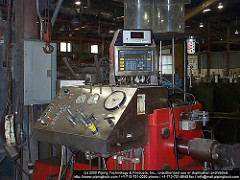 Would You Like The Supreme Fishing Experience? Heres The Reason Why It Is Essential To Carry The Mo
If what youre seeking out is considerably more fish thr
Would You Like The Supreme Fishing Experience? Heres The Reason Why It Is Essential To Carry The Mo
If what youre seeking out is considerably more fish thr
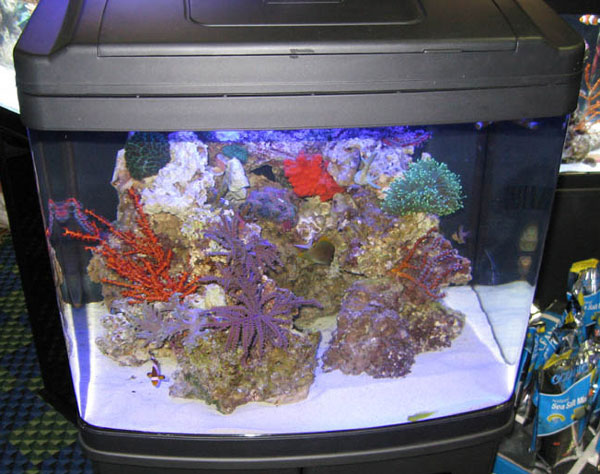 Marine Nano Tank Problems
Marine Nano Tank Problems
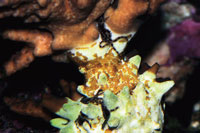 Coral and Invertebrate Quarantine Procedures
Coral and Invertebrate Quarantine Procedures
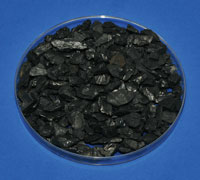 Aquarium Carbon
Whether it is for a small betta bowl, 6 million gallons
Aquarium Carbon
Whether it is for a small betta bowl, 6 million gallons
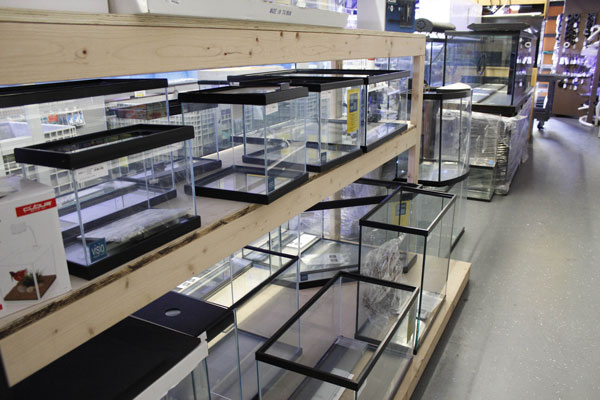 Five Tips for Freshwater Aquarium Success
You spent countless hours researching the latest products to
Five Tips for Freshwater Aquarium Success
You spent countless hours researching the latest products to
Copyright © 2005-2016 Pet Information All Rights Reserved
Contact us: www162date@outlook.com